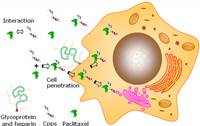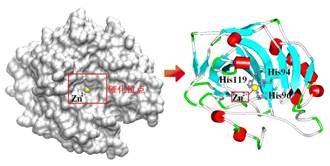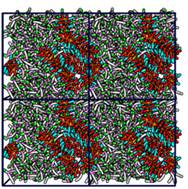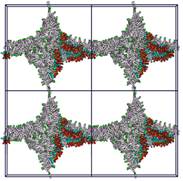Details for research interests:
Research topics include cell-materialinteraction, biomaterials for regenerative medicine, cell damage mechanismduring cell/tissue preservation, biosensors for detection and imaging, drugdelivery, materials for extracorporeal therapy, on-line monitoring andmicroreactors based on detection and micro/nanofluidics, novel systems for CO2adsorption, catalysts for CO2 conversion
1. Cell/tissue preservation

Human pluripotent stem cells (hPSCs) have huge potential inestablishing disease model, drug screening and treating degenerative diseases. Long-termpreservation of stem cells, organoids and engineered tissues are critical fortheir future use. our aim is to develop an efficient strategy to improve the recoveryof cell and tissue functions after cryopreservation, especially for stem cells withoutaffecting their capacity of proliferation and differentiation. This approachrepresents a way to simply and rapidly screen new cardiac pharmaceuticals tospeed-up the drug discovery process, accelerating the time-to-market for newtherapies.
2. Biomaterials for tissue engineering and regenerativemedicine

Interactions between the microenvironmentand stem cells are critical for controlling stem cell differentiation,maintenance, and proliferation. To be able to mimic stem cells in vivo, we aimto develop biomaterials which can provide an appropriate niche for controllingin vitro stem cell culture through addressing cell-material and cell-cell interactionin well-defined culture environment, identify the factors affecting cell behaviorat the multi scale levels, and design engineered materials for regulating cell responsesand cell delivery to protect cells from mechanical stress during injection,localize them to the transplantation site, and direct their organization anddifferentiation in vivo.
3. Drug delivery to brain

Thiswork includes the delivery of drugs to the brain by constructing peptides forconjugating with designed therapeutic-containing noanparticles that circumventthe blood-brain barrier through a receptor-mediated transcytosis pathway to specificallytreat brain cancer or neurologic disease.
4. Targeted Delivery Systems


Inconventional drug administration, the administered drugs often hav shorthalf-lives of only minutes to hours and distributed in various parts of body.Hence it usually requires high dosages or repeated administration to stimulatea therapeutic effect, which can result in severe side effects and eventoxicity. To address these challenges, we are developing drug delivery systemson a multiscale from macroscopic to nanoscale and further at the molecularscale by distinguishing various chemical interactions between the drugs and thepolymer chains. These systems can deliver therapeutic agents (e.g., cells,protein growth factors, small molecules, antibodies, genetic material,etc.) to meet specific application-based requirements.
5. CO2 capture and conversion

Carbon dioxide(CO2) emission generated during fossil fuel combustion, a major contributor toclimate change, has become the most challenging environmental issue in theworld. CO2 capture using enzyme which is environmentally friendly and specifichas attracted more and more attention. However, its industrial application hasbeen limited by its instability. To address this issue, we are developing newenzymes which are robust and high efficient in harsh environment based on directedevolution. With directed evolution we can tune these new enzymes and open upnew routes to capture and converse CO2 for reducing CO2 emission and utilizing CO2.Also we are interested in the development of new, nanoporous catalyst materialsfor CO2 capture and conversion.
6. Antibacterial agent


Antibioticresistance is a serious menace to global health in the 21st century, and maycause a death toll up to 10 million per year worldwide by 2050. To address thischallenge, in Xu research group, novel antibacterial agents are designed basedon the molecular simulations to against a wide range of Gram-negative and someGram-positive bacteria. The developed agents are working on cell membrane tokill bacterial by making holes on cell membrane to overcome antibioticresistance.







